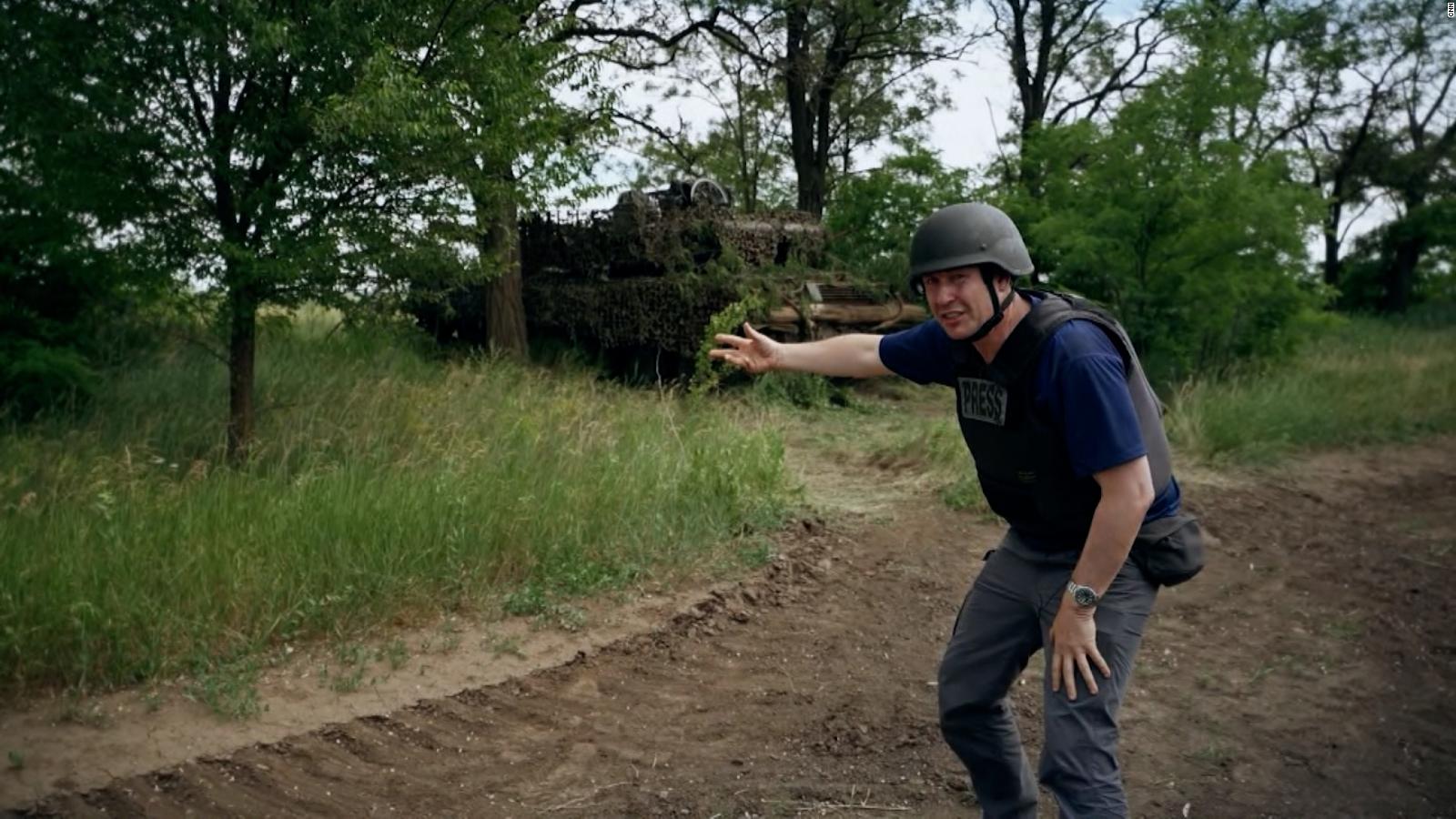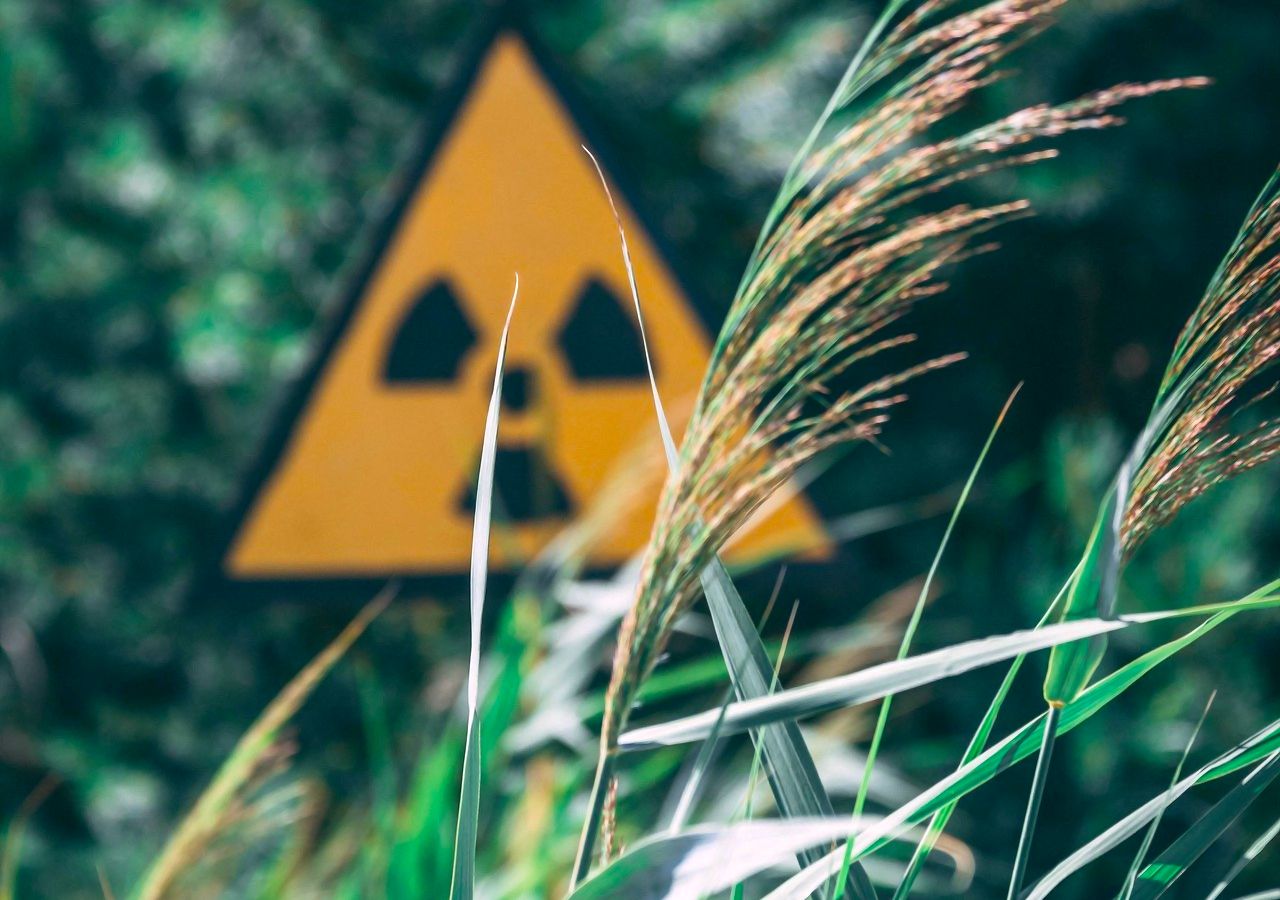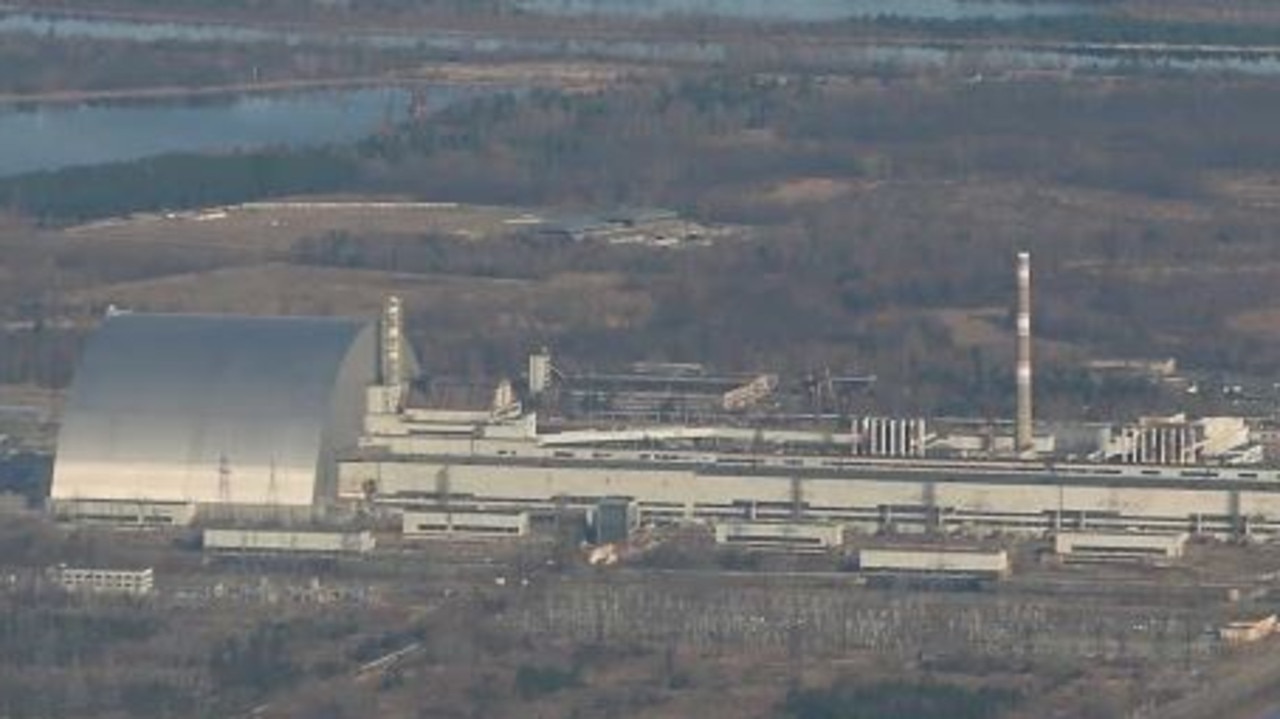Chernobyl Radiation Shield Hit by Russian Drone: An Analysis: Chernobyl Radiation Shield Hit By Russian Drone, Ukraine Says
Chernobyl radiation shield hit by Russian drone, Ukraine says – Ukraine’s claims of a Russian drone strike damaging the Chernobyl radiation shield have raised serious concerns about environmental safety and international security. This incident underscores the vulnerability of critical infrastructure, even within a highly sensitive and internationally monitored zone. The potential consequences, both environmental and geopolitical, demand careful analysis and prompt international action.
Chernobyl Radiation Shield Damage
Reports indicate a Russian drone struck a radiation shield at the Chernobyl Exclusion Zone. While the extent of the damage is still under investigation, initial reports suggest structural damage to the protective barrier. The precise timeline of events remains unclear, with initial reports emerging shortly after the alleged attack. Subsequent updates from Ukrainian authorities have provided further details about the scale of the damage and ongoing assessments. The type of drone used hasn’t been definitively confirmed, however, given the location and the alleged purpose, it is likely a drone with sufficient payload capacity to cause the reported damage. The impact location is near critical infrastructure, raising concerns about potential further damage or compromised safety protocols. The proximity to the sarcophagus encasing the damaged reactor further intensifies these concerns.
Environmental Impact Assessment

Damage to the radiation shield raises concerns about potential radiation leakage. The types of radiation potentially affected include various isotopes, such as cesium-137 and strontium-90, known for their long half-lives and potential to cause significant health problems. The potential impact on the surrounding environment could include soil and water contamination, affecting local flora and fauna. The potential consequences are significantly less than the initial Chernobyl disaster, but still pose a risk. The impact can be compared to smaller-scale radiation incidents that have occurred in the Exclusion Zone since 1986, but the specific consequences will depend on the extent of the damage and the effectiveness of any containment measures.
| Location | Type of Impact | Severity | Timeline |
|---|---|---|---|
| Chernobyl Exclusion Zone | Radiation release (potential) | Low to moderate (depending on damage extent) | Short-term: immediate to months; Long-term: years to decades |
| Surrounding soil and water | Contamination | Low to moderate (depending on damage extent and weather patterns) | Short-term: immediate to years; Long-term: decades to centuries |
| Local flora and fauna | Mortality and genetic damage | Low to moderate (depending on contamination levels) | Short-term: immediate to years; Long-term: decades |
International Response and Reactions

The incident has prompted responses from various international organizations and countries. The IAEA (International Atomic Energy Agency) and the UN have expressed concerns and called for a thorough investigation. Reactions from various countries have ranged from expressions of concern to stronger condemnations of the alleged attack. The implications for international cooperation in nuclear safety and security are significant, highlighting the need for enhanced protocols and international collaboration to protect such sensitive sites.
- IAEA: Statement expressing concern and offering assistance.
- UN: Call for investigation and de-escalation of the conflict.
- EU: Condemnation of the attack and support for Ukraine.
- USA: Expression of concern and commitment to nuclear security.
Security Implications at Chernobyl
The alleged drone strike exposes vulnerabilities in the security measures at Chernobyl. Existing security measures, while robust, are clearly not foolproof against determined attacks. The incident highlights the need for enhanced security protocols, including improved surveillance systems, strengthened physical barriers, and potentially increased armed presence. A hypothetical improved security plan might incorporate drone detection systems, reinforced perimeter defenses, and more frequent security patrols, potentially using advanced technologies for early warning and response.
Information Dissemination and Public Perception

Information about the incident was disseminated through official government channels, international news agencies, and social media. Public reactions ranged from concern and anxiety to outrage and calls for accountability. Managing public perception during such events is challenging, requiring transparent communication, accurate information, and proactive efforts to address public concerns and misinformation. The flow of information can be visualized as a branching network: initial reports from Ukrainian officials → international news coverage → social media dissemination → public awareness and reactions.
Long-Term Consequences and Remediation Efforts, Chernobyl radiation shield hit by Russian drone, Ukraine says
The long-term consequences of the damage to the radiation shield could include prolonged radiation leakage, necessitating extensive and costly remediation efforts. Repairing the damage will be challenging due to the radioactive environment, requiring specialized equipment and personnel. A hypothetical long-term management plan would incorporate regular monitoring of radiation levels, ongoing maintenance of the shield, and potentially the development of more resilient protective structures to mitigate future risks. The cost associated with repair and remediation could be substantial, potentially requiring international cooperation and financial assistance.
